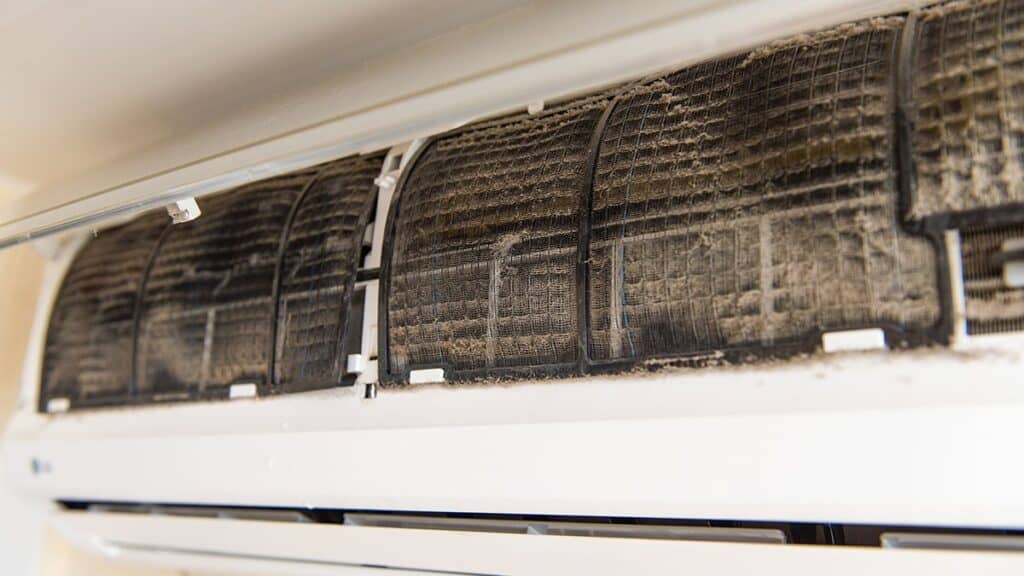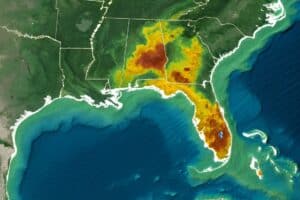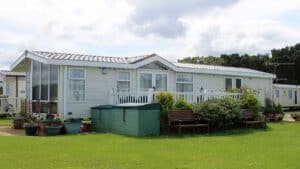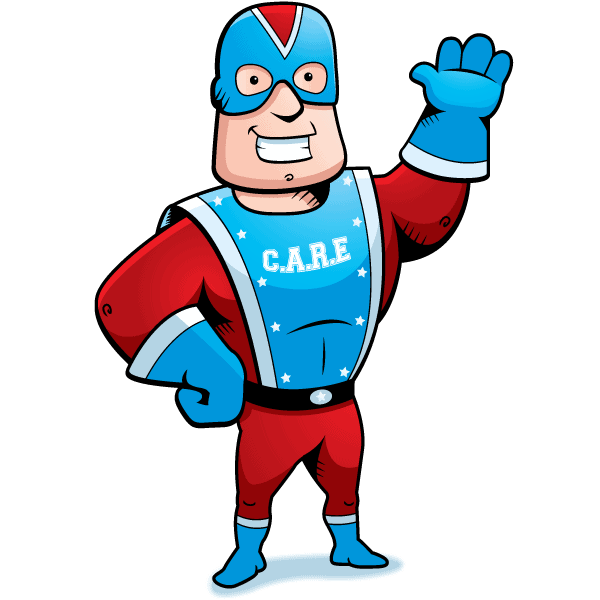Your heating and cooling systems will breed moisture within the ductwork if you do not seal them well. Mold and mildew in your AC are likely to develop in your system and air ducts especially after a storm. During a storm, numerous microscopic mold spores get into your house through the air ducts and settle on any cozy spot they find. During the hurricane season, you should be on the lookout for mold and mildew.
But, how do you detect mold and mildew in your HVAC system?
Read on to learn a few signs of mold and mildew in the HVAC system after a hurricane and/or flooding.
1. Musty Odor or Strong Smell
Mold and mildew affect the quality of the air in your house. Ideally, your air conditioner should enhance fresh circulation of air in the house. If the house suddenly turned musty and with a strong smell, it is highly likely that your HVAC has mold and mildew.
Further, monitor how pronounced the odor is. If the smell is so strong whenever you switch on your air conditioner, undoubtedly your HVAC is contaminated. Get help from a professional to remove the mildew and mold to allow fresh air in your house.
2. Intake Vents and Air ducts have Visible Mold
Mold develops around the air ducts and intake vents. Hurricanes will blow diverse materials into your house, and this can accelerate the growth of mold and mildew in your HVAC system.
If you do not clean the air vent covers thoroughly, loads of dirt from storms will collect on them creating a breeding platform for mold. Monitor all the intake vents and air ducts for molds and mildew. Usually, the earlier you detect them, the easier it will be to clean them.
3. Blocked Drain Pan
A clogged drain pipe and frozen evaporator coil can affect the efficiency of the drain pan and increase the risk of mold and mildew. Such conditions can lead to a blocked drain pan, which later accumulates water creating a conducive environment for mold to grow.
Also, dust, dirt, mold, and mildew can block the drain pan. Any time your system’s drain pan isn’t working well, it could be as a result of these materials. Therefore, it is advisable you contact an air conditioning repair professional to check it out as soon as possible to prevent further damages.
4. Spots on the Vent Covers
The duct and vent covers should be spotless. Any form of spots – white or black – inside the duct or even on the vent covers is a sign of growing mildew. Monitoring the condition of the vent covers and the air ducts can help you detect any growth effortlessly and act as fast as possible.
5. Test the Air Quality
Contaminated air increases the risk of mold and mildew in your HVAC systems. Similarly, the presence of such substances affects the quality of air in your house. Carrying out an air quality test can help you detect mold and mildew in your HVAC system.
Inevitably, mold and mildew are likely to develop in moist and humid areas. Undoubtedly, torrential rain or even flooding after a hurricane accelerates the growth of mold and mildew in your HVAC systems. You can prevent this by sealing the ductwork supply well, having effectively working drain pans, using quality AC filters and changing them regularly. It is advisable to engage experts in HVAC cleaning and maintenance to keep your system running smoothly always.
As a homeowner in Florida, you need to keep your HVAC properly working considering the rising cases of hurricanes here. Get in touch with American Air Cares for reliable air conditioning services in Port St Lucie, including installation, detecting and removing mold and mildew, or even repair of damaged HVAC systems.





